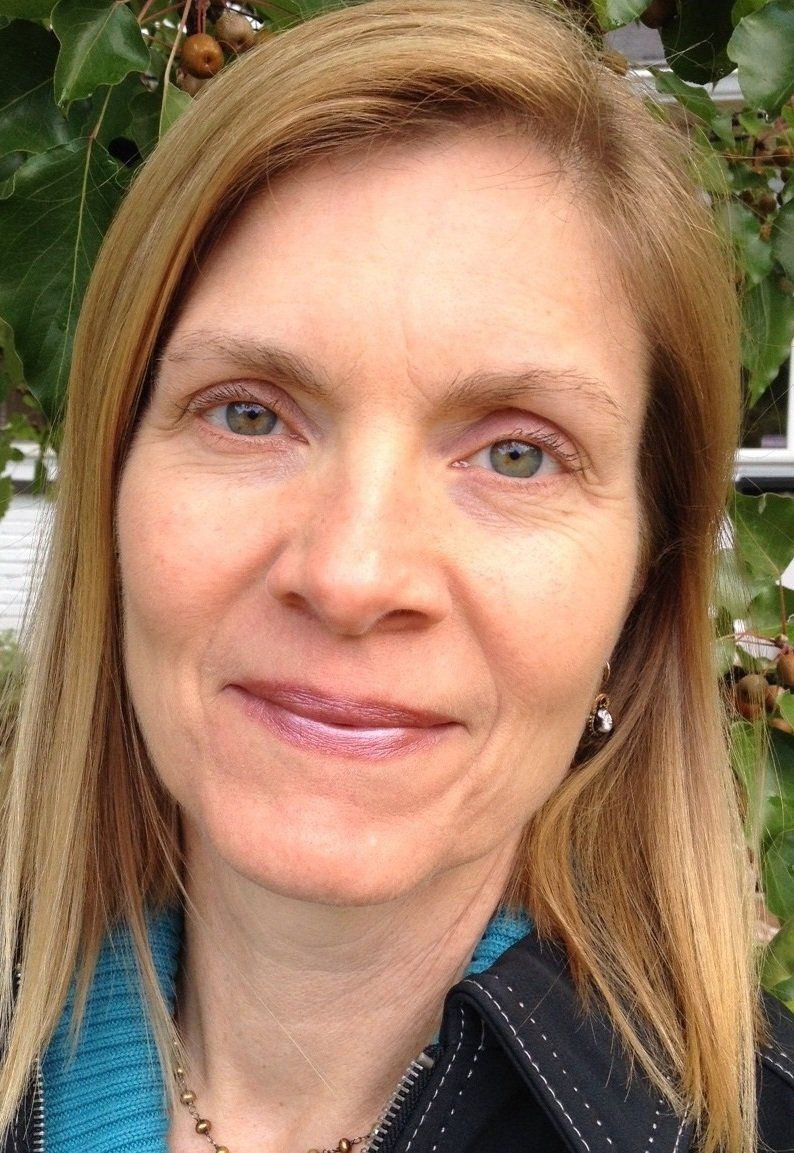Q: Give us a brief history of the I-STEM Resource Network, its vision, whom it serves and its impact.
A: The I-STEM Resource Network,
www.istemnetwork.org, originally was a partnership of public and private higher education institutions, K-12 schools, businesses and government, and hosted by Purdue University. I-STEM was started in 2006 as a collaboration among 18 institutions of higher education in 10 regions throughout Indiana.
In 2019, I-STEM shifted its focus to supporting the Indiana STEM Ecosystem. I-STEM supports K–12 teachers and education leaders working to implement high academic standards toward STEM literacy for all students. It also provides Indiana education leaders with new knowledge about teaching and learning.
Q: What is the Indiana Science Initiative (ISI), and how has it shaped your work at the I-STEM Resource Network?
A: ISI,
www.indianascience.org, is a K-8 program that provides a hands-on, research-developed science curriculum to school districts in Indiana. We provide professional development for teachers to help them improve their instructional practice in science. ISI is the focal point of our work and has resulted in several spinoff projects, most recently a project in which we support mentoring of STEM teachers in 12 school districts. To date, we have mentored more than 150 teachers.
We have also worked with 100Kin10 in addressing the nation’s STEM teacher shortage, leading a project team in which we developed a tool kit for schools, districts and states to develop their own STEM mentoring program.
Q: One program you have introduced to schools in Indiana during the pandemic is Skype a Scientist. Tell us about this program, how it works, why you recommend it and what its impact has been in your state.
A: I introduced Skype a Scientist in June, during our virtual professional development (PD) for mentees and mentors, and it was a hit. I contacted Skype a Scientist, and they set me up with a scientist who studies Hawaiian monk seals. The teachers gave overwhelming praise for that one. There is a nominal fee, $10, to connect with a scientist.
In August, I lined up four scientists to speak to teachers; one was a Purdue archaeologist. We also had a microbiologist from Georgia Tech, and she was great.
I schedule the webinar on Zoom, host it, record it and then make the recording available for teachers in our mentoring program. Anecdotally, they have told me that they really enjoy meeting the scientist and learning about what scientists really do.
Q: How can schools in other states get started with Skype a Scientist?
A: They would just go to the website:
https://www.skypeascientist.com/
Q: What other programs has the I-STEM Resource Network been involved with to help students continue to learn during the pandemic?
A: ISI has shipped curriculum to all member schools, and offered webinars on distance learning resources.
Q: What have you learned from other educators, parents, students and other STEM professionals about how to carry out effective in-class and virtual learning during this difficult time?
A: The Council of State Science Supervisors and the Smithsonian Science Education Center responded early on with resources, and we passed those along.
Q: Is there anything else you would like to share about STEM education during a pandemic?
A: #keepteachingscience





